246794
Pentaerythritol-Tetraacrylat-, Pentaerythritol-Triacrylat- und Trimethylolpropan-Triacrylat-Gemisch
Synonym(e):
PTA/TMPTA-Mischung, Pentaerythritol-Acrylat-Mischung
About This Item
Empfohlene Produkte
Enthält
300-400 ppm monomethyl ether hydroquinone as inhibitor
Brechungsindex
n20/D 1.483
Dichte
1.18 g/mL at 25 °C
SMILES String
O=C(C=C)OCC(COC(C=C)=O)(COC(C=C)=O)COC(C=C)=O.OCC(COC(C=C)=O)(COC(C=C)=O)COC(C=C)=O.CCC(COC(C=C)=O)(COC(C=C)=O)COC(C=C)=O
Allgemeine Beschreibung
Anwendung
- Als Vernetzungsmittel zur Synthese biologisch abbaubarer Netzwerke aus Poly-(1,3-trimethylencarbonat) (PTMC) mit verbesserter Kriechfestigkeit und Temperaturstabilität. PTMC-Netzwerke finden Anwendung im Bereich der Weichgewebetechnik.
- Als Monomer-Vorstufe zur Herstellung lichthärtender Komposite für die Zahnmedizin durch Photopolymerisierung.
- Zur Herstellung von PDLC-Folien (Polymer-dispergierte Flüssigkristallfolien) mit niedriger Treiberspannung, einem mäßig hohen Kontrastverhältnis und einer kurzen Reaktionszeit. Diese PDLC-Folien werden in optoelektronischen Geräten wie OLEDs, FET und Solarzellen verwendet.
- Als Monomermischung zur Herstellung der 3D-Biodruckharzen mittels Photopolymerisierung.
Signalwort
Warning
H-Sätze
Gefahreneinstufungen
Aquatic Acute 1 - Aquatic Chronic 1 - Carc. 2 - Eye Irrit. 2 - Skin Irrit. 2 - Skin Sens. 1
Lagerklassenschlüssel
10 - Combustible liquids
WGK
WGK 2
Flammpunkt (°F)
230.0 °F - closed cup
Flammpunkt (°C)
110 °C - closed cup
Persönliche Schutzausrüstung
Eyeshields, Faceshields, Gloves, type ABEK (EN14387) respirator filter
Hier finden Sie alle aktuellen Versionen:
Besitzen Sie dieses Produkt bereits?
In der Dokumentenbibliothek finden Sie die Dokumentation zu den Produkten, die Sie kürzlich erworben haben.
Kunden haben sich ebenfalls angesehen
Unser Team von Wissenschaftlern verfügt über Erfahrung in allen Forschungsbereichen einschließlich Life Science, Materialwissenschaften, chemischer Synthese, Chromatographie, Analytik und vielen mehr..
Setzen Sie sich mit dem technischen Dienst in Verbindung.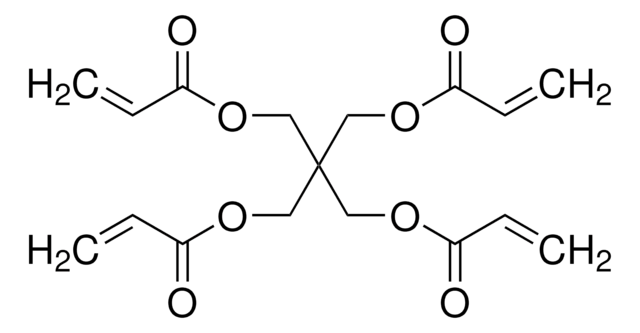
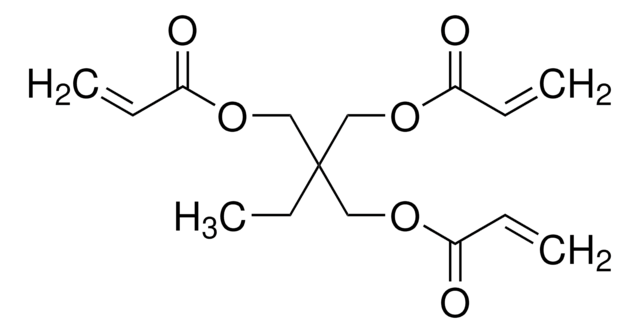
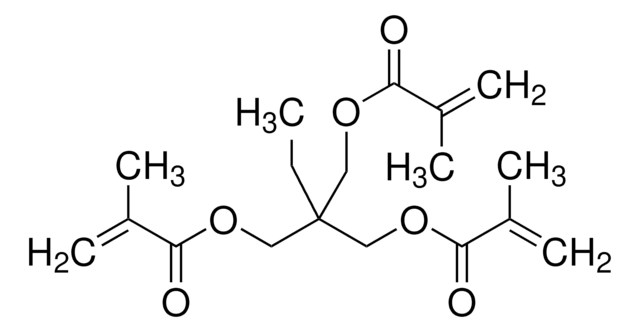
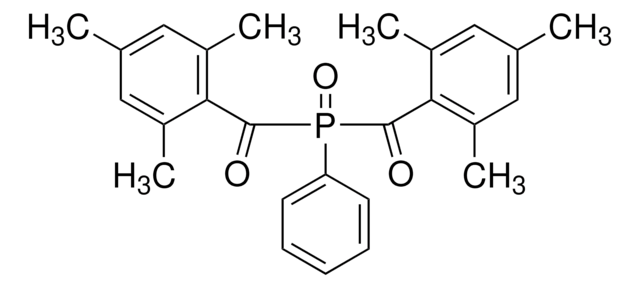

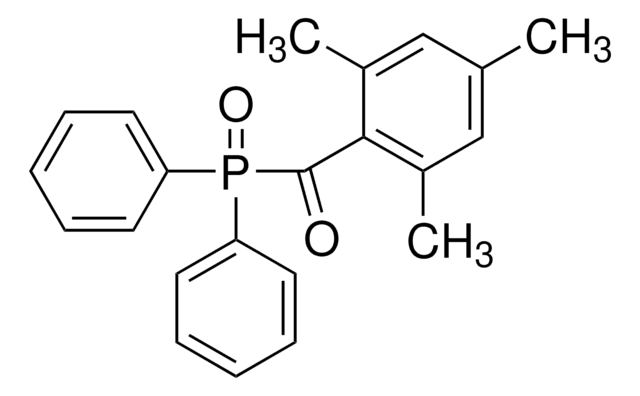
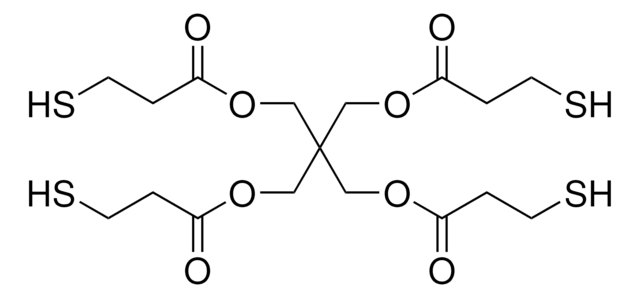


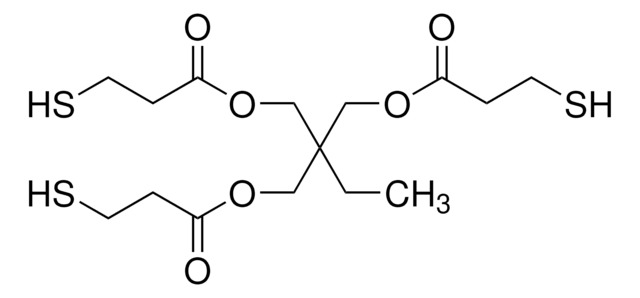



![Tris[2-(acryloyloxy)ethyl]isocyanurat](/deepweb/assets/sigmaaldrich/product/structures/254/494/1a620abc-8043-457f-92ec-87a959682438/640/1a620abc-8043-457f-92ec-87a959682438.png)
